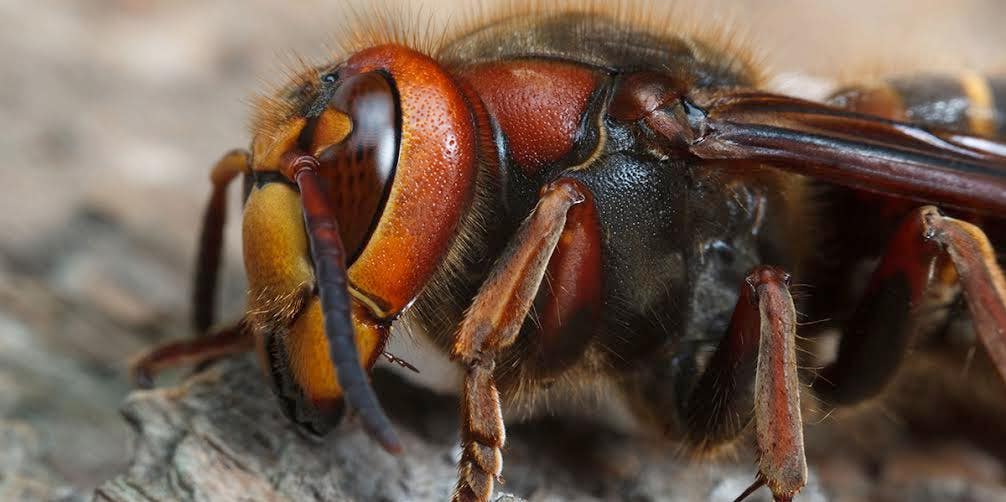What Are Murder Hornets? The Latest Horrifying Insect Phenomenon To Plague Us In 2020
What you need to know about this terrifying insect.
 Anest / 123RF
Anest / 123RF As if 2020 couldn't get any worse, in enter Murder Hornets — an insect that we definitely didn't see coming, but that are already having a very scary impact on nature (and humans).
Recently, the hornets have entered the United States, and it's not impossible that we might come into contact with one ... and for those of us with allergies, the consequences could be pretty big.
What are Murder Hornets?
Here's what you need to know.
RELATED: What Is "Happy Hypoxia"? The New Coronavirus Symptom That's Baffling Doctors
Murder Hornets originated in Asia and have made their way to the US.
Also known as Asian giant hornets, Murder Hornets are technically called Vespa Mandarinia, and they are usually found in Asia. But this year, they've made their way to the United States for the first time ever last December after being spotted in British Columbia in the fall, and now, it seems like they have the potential to make a big impact while they're here.
But what is a Murder Hornet?
Murder Hornets measure in to about1.5 to 2 inches long, making them much bigger than many other stinging insects that we're already familiar with. They have large yellow heads and a black and yellow body. Their life cycle begins in April, when the queen stops hibernating and begins making colonies, and it seems this year, some of those colonies will be made in the US.
Their sting can hurt quite a bit.
In an episode of "Brave Wilderness" on YouTube, host and nature enthusiast Nathaniel Peterson allowed himself to be stung by the hornet to find out what it would be like. The results? Not great, since he described it as "absolute searing pain." He described the pain as a 2 out of 4, and shared that those who are stung multiple times are at the greatest risk of death of a serious reaction.
“But no matter how you break it down, this sting is incredibly dangerous,” Peterson said in the video. “If you were to be swarmed by 30 or 40 bees and be stung repetitively, yes, there is a good chance you will die. Now I’ve also heard that the venom is going to cook a hole in my arm. Not exactly looking forward to that. But it all depends on how my body reacts to the venom.”
They pose a threat to the honeybee.
The biggest problem that we need to worry about now that these hornets are in America? It's not us as humans, but about what they could do to our already struggling honeybee population. When the hornets travel in groups of two dozen, they are able to kill tens of thousands of honeybees in a matter of hours, which can destroy entire colonies, making the lower population of these bees even worse.
They don't typically go after humans.
The good news: These hornets aren't usually looking for humans to sting, and while the sting is painful, when they do find a human victim, that victim is usually just fine afterwards — save for someone who has been stung multiple times or who is allergic to the hornets. Murder Hornets are said to kill 50 people in Japan each year.
They're very fast.
Murder Hornets travel at 20 miles an hour, which means they can cover a lot of ground in a small amount of time — no wonder they were eventually able to make it over to the United States! It's also totally possible to get rid of them through traps, screens, and other methods of controlling insects, so in the end, the threat they pose to humans is pretty small. We're safe, which is great news ... but hopefully, we'll be able to eradicate them before they decimate the honeybee population even more than they already have.
Nicole Pomarico is an entertainment and lifestyle writer whose work has appeared in Cosmo, Us Weekly, Refinery29, and more.

